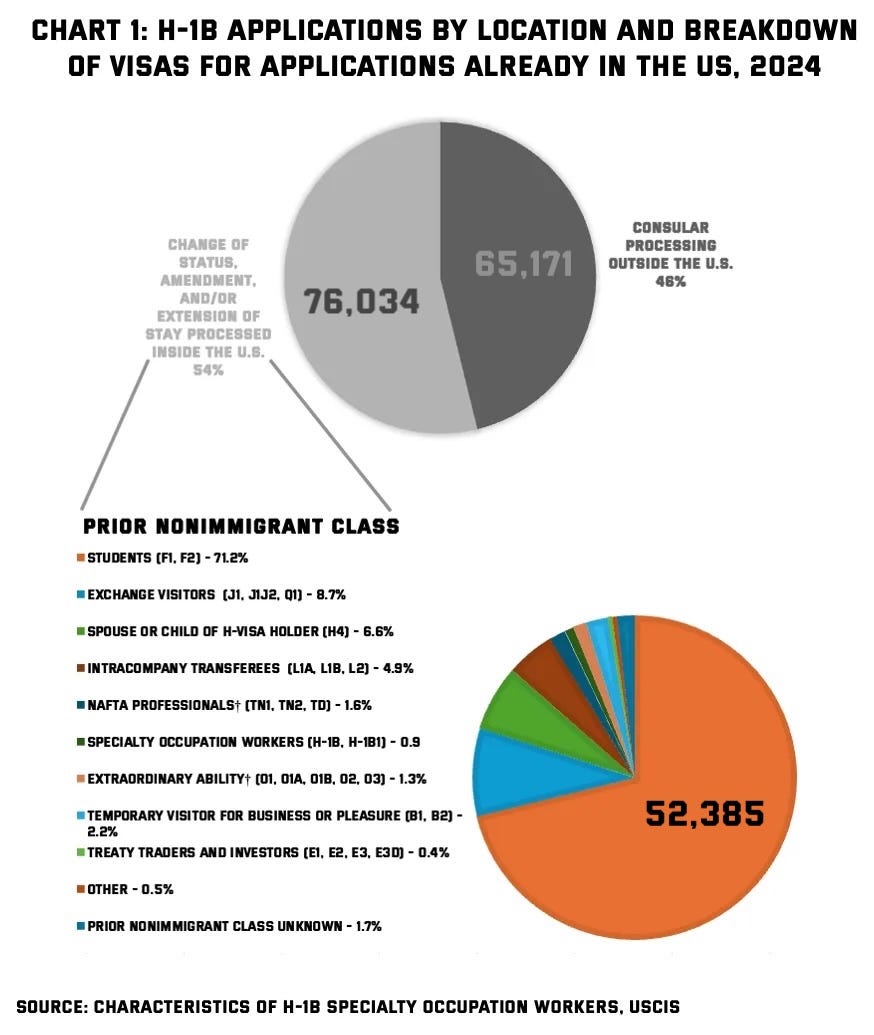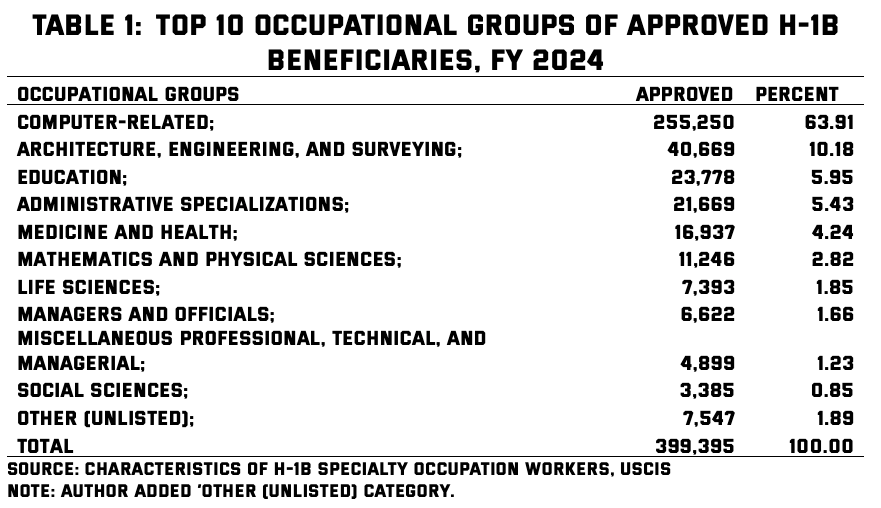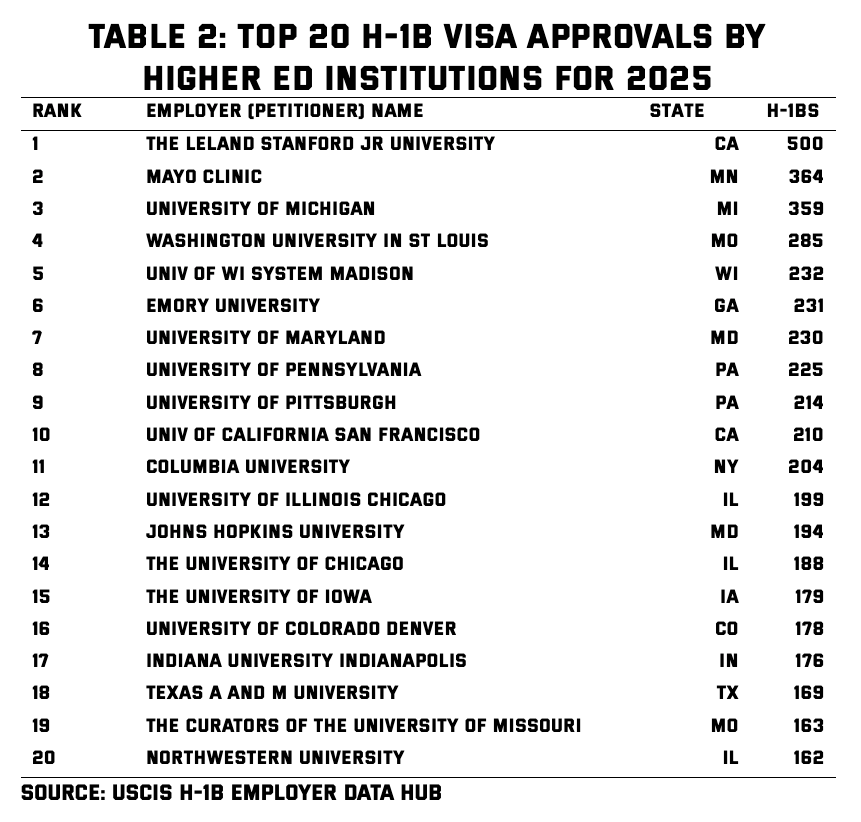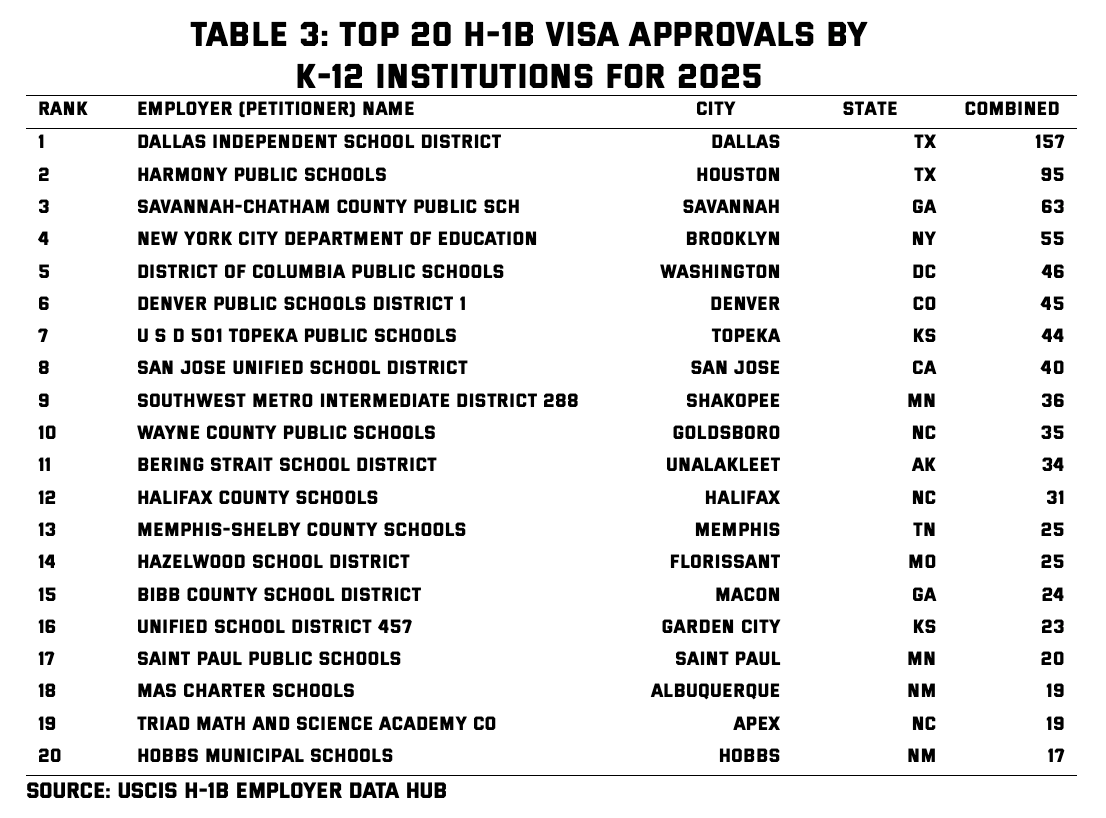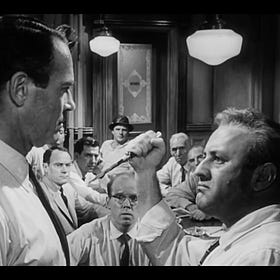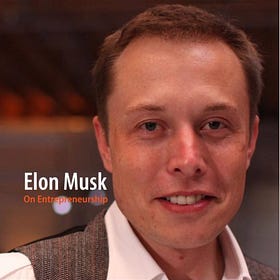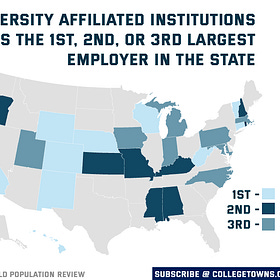Impact of $100K H-1B Fee on International Students and US Higher Ed
There is a lot of confusion about the new $100,000 Trump imposed on H-1B. I discuss the impact through the lens of international students and higher ed.
Note: I have COVID, so I am in a sort of writing through delirium. If you don’t like the article or find some issues, I’m blaming the bug. This is also a fast-moving issue, so I may have to update as more news comes in. Make sure to subscribe to College Towns to get regular commentary that hasn’t been COVID-infected in the future.
The Friday news dump from the Donald Trump White House was anything but a story to bury. The announcement that the US would be imposing a $100,000 fee on H-1B visas sent shock through the tech sector and higher education.
Some of the panic stemmed from the proclamation’s thin explanation or detail. People were not sure when or how the fee would be charged. There was an interpretation that any H-1B holder outside the US would be charged the fee upon returning, causing reported chaos on some flights.
These kinds of Trump proclamations and executive orders have become fairly typical of the administration. There is an announced major policy change that has wide reverberations but is barely explained. People panic, protests happen, and then things get rolled back to a degree. It is like the poli sci concept of a "Trial Balloon” that is sped up to just a couple days’ news cycle.
This $100K H-1B proclamation was especially jumbled, as various representatives described the particulars in different ways. Secretary of Commerce Howard Lutnick explicitly stated during the announcement that there were yearly fees, while the President’s Press Secretary Karoline Leavitt stated that they were “one-time” only
It has been difficult to watch and parse out what exactly is happening. The lives of our students are being jerked around. Even in the middle of writing this article, I had to go back and check to see if anything had changed in the last few hours.
Impact on International Students
For us in higher education, many international students use their time in the US universities as an eventual bridge to work here mid-to-long-term through the H-1B system. Cutting off this incentive would mean many students would look elsewhere.
The White House’s Rapid Response X account came out with a statement that seemed to suggest that international students on F-1 visas or OPT would be exempt: “The Proclamation does not apply to anyone who has a current visa.”
This comment seemed to be confirmed via the President’s Press Secretary. “This applies only to new visas, not renewals, and not current visa holders,” said Leavitt in a clarification of the policy on X. USCIS also posted an official clarification that confirmed this: “The proclamation does not apply to aliens who… are the beneficiaries of currently approved petitions,” which would seemingly cover F-1 international students.
While these clarifications should be good news for the higher education sector and our international students, there is still worry that the administration could flip-flop again on the issue. Even if international students are not included in the fee currently, there is still cause for concern in the sector.
In the fiscal year 2024, about 46% of approved H-1B visas came from outside the US, according to a USCIS report. These applications would presumably be the ones that would add a new $100K under Trump’s new proclamation. Some of these applicants could have been former students in the US, but we do not have this information.
The rest of the 54% of the visa applications that year came from those within the US, which would not have the added fee if the clarifications stand. Of these applicants, most were formerly international students. Over 70% of those came from those on student visas (F-1 or F-2) in the US already. This was followed by Exchange Visitors (J1, J2, or Q1) at almost 9%, which is a visa that can also include students, and spouses of H-visa holders at over 6%.
Given the chaos in the country and the anti-foreigner sentiments, international students are second-guessing the US as a choice for study. There is already concern about international student numbers dropping due to the visa backlogs and rejections imposed under the Trump administration, as outlined by Chris R. Glass in a post at Distributed Progress.
The data through May already looked bad for fall enrollment.
Then came the pause in visa appointment scheduling (May 27–June 26, 2025) during peak processing season.
Now that appointments have resumed, the backlog—plus expanded social media screening for all F, M, and J visa applicants—has slowed everything down.
The math is simple: fewer visa appointments plus slower processing equals fewer students.
The H-1B visa fee, even if international students are exempt, will certainly impact the sector and perceptions of the entire system. And that exception may change at any minute, given the confusion around the proclamation.
H-1B Not Just About Tech
The discourse around the H-1B issue often revolves around the tech sector. It makes sense since the tech sector gobbles the bulk of H-1Bs. In the fiscal year 2024, almost 64% of H-1B approved applications or renewals came from the tech sector, according to a USCIS report (255,000 of 400,000 approvals). The accusations of abuse have also been levied directly at the tech sector.
There were, however, other sectors that accounted for over 144,000 worker visas in the previous fiscal year. This means that about 36% of the total H-1B applications for the 2024 year came from other fields like Education.1 Under the new proclamation, even those in “Education” who were granted this visa from outside the US may have to pay the $100,000 fee.
For Education, there were almost 24,000 H-1B approvals in 2024. Likewise, the USCIS report lists several other fields, like Social Sciences or Mathematical and Physical Sciences, that could include university faculty for teaching and research in these subjects. American universities typically recruit globally to find top talent, keeping the nation ahead as a global higher education leader.
Indeed, the H-1B Employer Data Hub lists a considerable number of universities within the “Education” Industry code, which is a broader distinction than the USCIS report.2
The Hub shows that Stanford University3 received the most H-1B approvals for 2025, with 500 visas in the Education category. The rest of the list is full of other top research and flagship universities, like the University of Wisconsin with 232 visas and Johns Hopkins with 194 visas. Research and teaching hospitals were also included in these numbers, including the Mayo Clinic with 364 visas and UC San Francisco with 210 visas.
All of the H-1B employees at these high-profile universities and hospitals would seemingly be affected by the new fee. Jeremy Neufeld, Director of Immigration Policy at the Institute for Progress, interpreted the new rules on X, “This new FAQ from the White House makes it clear the $100k fee does apply to cap-exempt organizations.” He continued, “That includes national labs and other government R&D, nonprofit research orgs, and research universities.”
It is not just higher education that uses H-1Bs. The data from the Hub also lists a multitude of K-12 schools or districts. These certainly include some teachers, but it could also be some other administrative or support services. Some districts that struggle to recruit and retain teachers have been looking to foreign talent to bolster their teacher ranks.
While universities are more likely to use H-1Bs, districts throughout the country can be found on in the Hub’s data. The Dallas Independent School District in Texas had 157 visa approvals in 2025, one of the most in the entire “Education” Industry category. The visas in K-12 schools seem to be spread across both Blue and Red states, from New York and California, to Missouri and Kansas.
Likewise, schools in both rural and urban areas applied for H-1B visas in 2025. Massive urban public school districts such as New York City (55 visas) and Washington, DC (46 visas) appeared on the list. So, too, did rural districts, such as Bering Strait School District in Unalakleet, Alaska (population 765) at 34 visas, likely easing its struggles to recruit domestic teachers. Under the current interpretation, these schools would likely have to pay the new H-1B fee.
I could see H-1B critics say, “Well, maybe we should pay our teachers more so we don’t have to hire foreigners.” One critic who made this very point was Bernie Sanders. “Can we really not find English teachers in America?” he asked earlier this year in a criticism of the H-1B program. The argument is probably worth doing more digging in the future. For now, I can address it with some numbers.
For one, it is not clear if these visas are all for teachers. Further, there are 3.8 million teachers in the US. The Hub lists over 21,000 Education industry approvals or extensions for 2025. This would be about .2% of all teaching jobs, but we also know that these are mostly for higher ed, so the percentage would certainly be much lower for K-12 jobs.
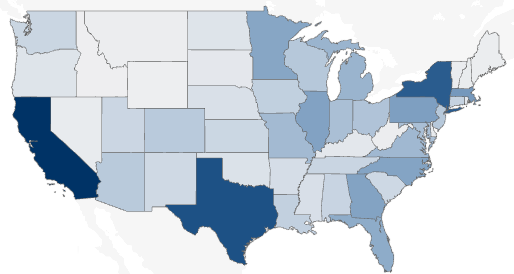
Tech Right Lost the Battle
The tech sector relies heavily on H-1B to boost its workforce talent. Critics of Trump’s new proclamation argue that the $100K would cripple the entire sector, hurting American innovation. Yet, there has long been an alliance between the Trump administration and the tech sector.
When Trump first got elected, he did so on the back of a powerful push by Elon Musk, supercharging the messaging on X and funding the campaign. Musk was not the only one, as there was a broad movement by Silicon Valley and the tech sector that moved to support Trump, which some have labeled the Tech Right.
It seemed like the new Trump 47 might be more business-friendly to this sector, especially in terms of high-skilled immigration. While campaigning, the President went on the All In Podcast, a popular tech podcast, and told them he wanted to staple a green card to diplomas of international students graduating from top US universities.
Trump sometimes continues this kind of welcoming rhetoric for international students. “I hear so many stories about ‘We are not going to allow their students’, but we are going to allow their students to come in. We are going to allow it. It’s very important… 600,000 students,” said the President earlier this year. “I told this to President Xi that we’re honoured to have their students here.
But actions are louder than words. And the actions of the administration have only harmed the perception of the US by international students.
Deporting International Students for Social Media Posts is Un-American
Note: I have been hesitant to talk too much about national politics in College Towns because there is already so much coverage of these issues. I usually try to keep focus on local, smaller issues. But I feel compelled to write this post because I have published on the
The only thing the Tech Right got in terms of immigration was the Golden Visa, which only covers the already very wealthy. People like Elon Musk or even All In host Chamath Palihapitiya would not have been granted this visa when they first arrived. They were allowed to grow into the titans of the tech sector that they eventually became. It takes time, and the government cannot successfully pick and choose the winners.
Elon Musk Would Have Been Deported if Trump Were President When He Was an International Student
In the last couple of weeks, I have written a defense for international students and American higher education in response to recent attacks on the sector by the Donald Trump administration. I have gotten some pushback or criticisms that I wanted to address.
In the end, the Tech Right has lost the battle with the more nativist wing of the Trump administration. Perhaps, though, some of the rollback of the $100K fee to only those from abroad came from the tech sector complaints.
But know that there are louder voices within the Trump coalition who are angry that the concessions were even made. They want the restrictions to go further, completely ending the entire H-1B program and even Optional Practical Training (OPT), which allows student F-1 visa holders to work for experience after their studies.
Below are some of the angry responses to the clarifications from the President’s Press Secretary on X:
Given these more radical responses, I suppose I am at least glad that the Tech Right has only lost the battle, not the entire war. Despite right now feeling like a low point, things could get a lot worse for international students and higher ed in the US if these other voices completely win out. The country is better when our higher education sector is strong.
Universities Are Job Centers For the Entire Country
President Donald Trump has made bringing back manufacturing to the US his top priority during his second term. His administration has been chasing this goal through a series of controversial tariffs that have dominated news coverage. The hope is that the tariffs will bring jobs to Americans in these industrial manufacturing sectors.
Although I should note that there could be some of these positions that would fall under the “tech” label in common parlance rather than in government distinction, such as those in Architecture, Engineering, and Surveying.
Note that the data is kind of a mess. For instance, Stanford had two entries on the Excel version, but it was correct on the web view. There are also conflicting reports about the numbers, too. You can see the links and source for all my listed numbers.
It is always funny to see Stanford’s full official name.




